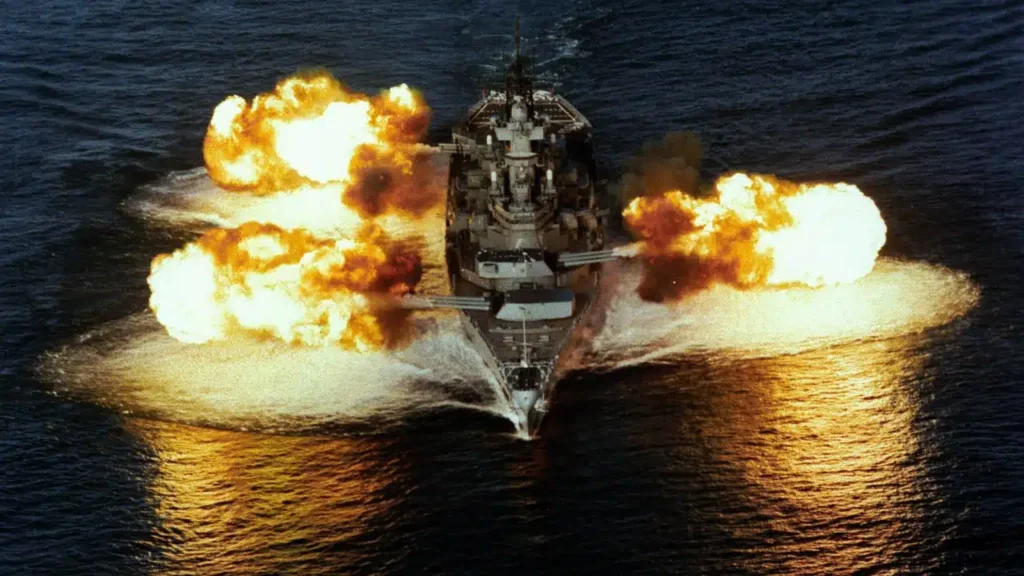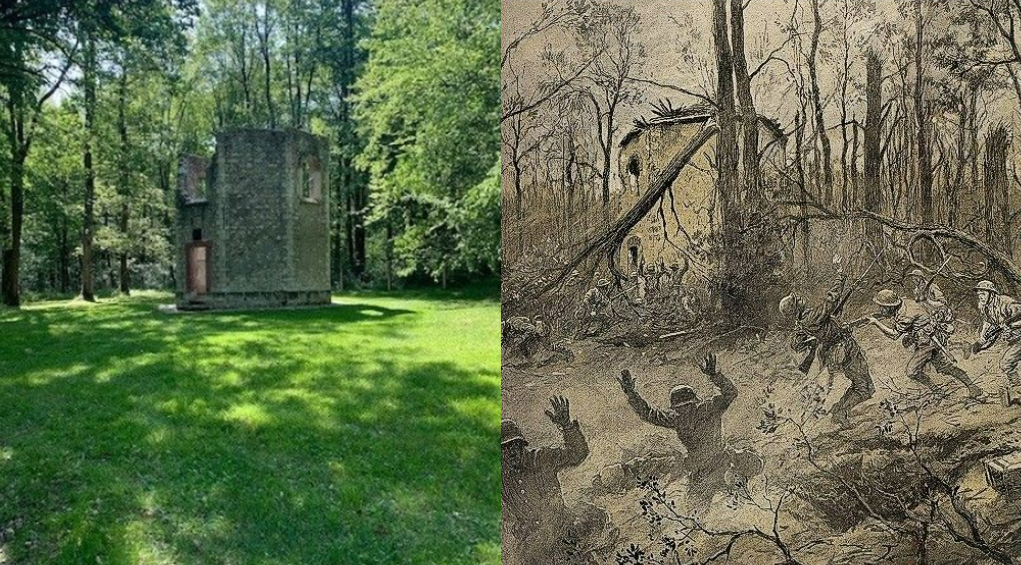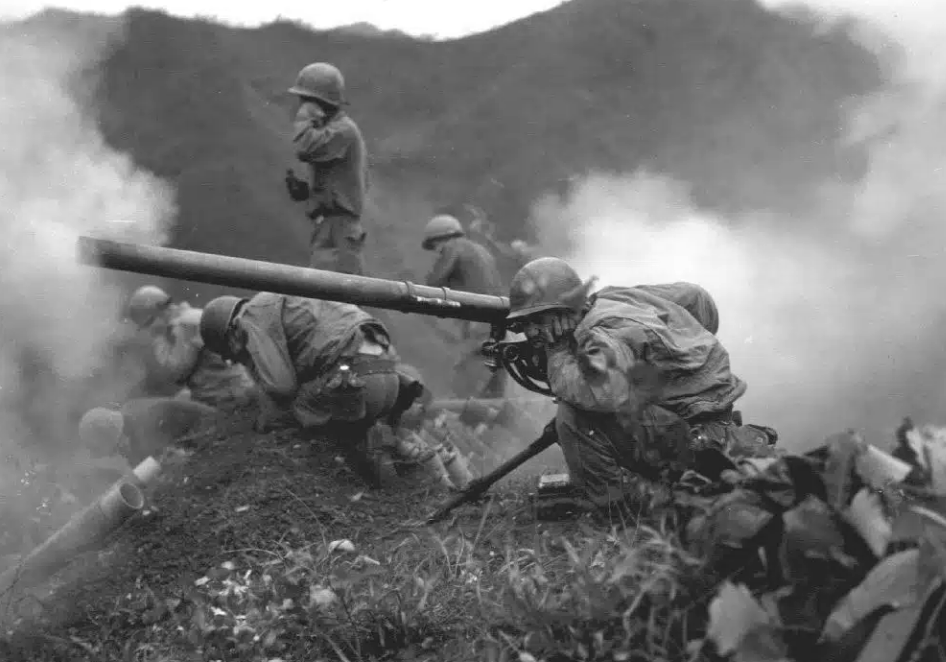
FIRE MISSION BEIRUT: Calling in the Big Guns of the U.S.S. New Jersey for the Last Time
This article was originally published in The Havok Journal
There was a time, not long ago, when a certain class of warships sitting off the coast of a nation ruled by a despot, or overrun by communist revolutionaries, instantly instilled fear and panic. These ships dominated naval warfare for most of the 19th and early 20th century. The mere sight of these massive weapons of war could quickly cool even the most brutal of dictators and quell Marxist uprisings without firing a shot. These were the battleships known as dreadnoughts. Of these warships, one in particular stands out: the Iowa-Class, U.S.S. New Jersey (BB-62) – also known as Big J. Read More

Pilgrimage to Belleau Wood
This article was originally published in The Havok Journal
I had been around our sun almost fifty times when 2023 rolled around. To celebrate this milestone, I wanted to head off to the southeast corner of the Caribbean to a little island called Barbados. Thoughts of surfing, offshore fishing and relaxing with my wife and kids sat in my mind while contemplating five decades on this planet but there was a problem. Barbados is closer to Venezuela than it is to Texas. Flights to the island are rare, expensive and packed full of multiple stops. Long story short, my dreams of chilling out on the beach while I celebrated the “big five-Oh” were dashed. With that target out of range, I shifted my position to a new target where I would be able to visit a sacred place in Marine Corps history; Europe. Read More

How Four Marines Saved a US Army Taskforce During the Korean War
This article was originally published in The Havok Journal
To the United States Marine Corps, the battle of the Chosin Reservoir was as a success. Consisting of just over 25,000 men, the 1st Marine Division, encircled, and enduring subzero degree weather, fought off over 120,000 Chinese soldiers in the barren, windswept hills and ridges of northeastern Korea. The Marines inflicted heavy casualties on the Chinese forces from November 27th to December 6th, 1950, but still forced to evacuate after withdrawing to the port of Hungnam.
For the US Army’s Regimental Combat Team 31 (RCT 31), the actions around the eastern side of the reservoir and the withdraw towards the pacific are viewed as a failure in many circles. Individual acts of courage and valor were common but as a unit, RCT 31 was routed by the continual onslaught of enemy forces. A small team of US Marines, led by Captain Edward P. Stamford, fought side by side with these brave soldiers as the taskforce slowly disintegrated in the face of almost constant human wave attacks and apocalyptic cold. Read More